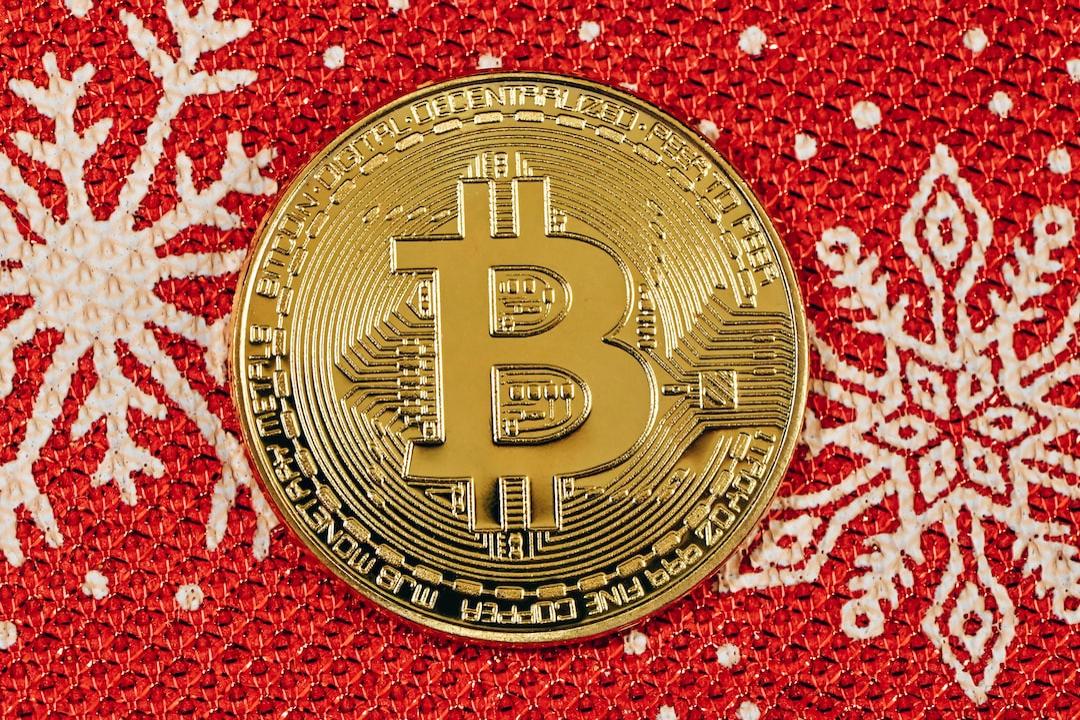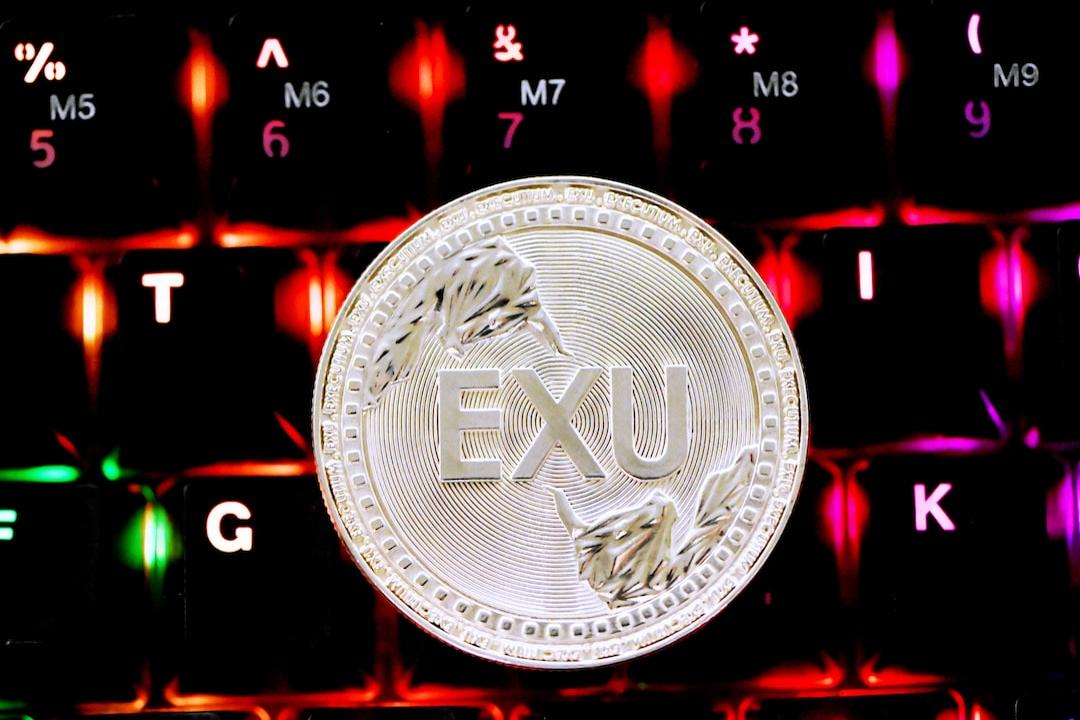Source: WOO X Research
On September 19, 2024, the Federal Reserve lowered interest rates by 50 basis points (bps), bringing the federal funds rate down to a range of 4.75% to 5%. Rate cuts serve as a crucial tool for the Federal Reserve to stimulate the economy during periods of slowdown or recession. Let’s explore the potential impacts of this rate reduction on the cryptocurrency market with WOO X Research.
The Federal Reserve’s rate cut signifies a decrease in the benchmark interest rate, which typically leads to a series of significant economic consequences. For instance, lower borrowing costs can encourage businesses and consumers to take out loans, thereby stimulating investment and consumption; additionally, lower rates can promote economic growth as easier access to credit boosts market demand. A rate cut may also influence inflation, as increased demand can drive prices higher. Furthermore, such cuts generally lead to rising asset prices, including stocks and real estate, as investors seek higher returns. Additionally, a rate cut might result in currency depreciation, as investors turn to higher-yielding foreign currency assets. Overall, the current 50 basis point (bps) reduction reflects the Federal Reserve’s concerns about the state of the U.S. economy, which may already be showing signs of recession. For the cryptocurrency market, this rate cut is one of the most anticipated positive signals since the Bitcoin halving, as lower rates may encourage investors to engage more in alternative asset investments.
**Background (Historical Trends Before and After Rate Cuts)**

From the perspective of various economic indicators, the current economic situation reveals significant downside risks that necessitate a rate cut to stimulate growth. The manufacturing PMI is currently at 47.9, indicating contraction and weak manufacturing activity; although the services PMI is at 55.7, it has declined compared to historical averages. Additionally, the current unemployment rate is 4.2%, with year-on-year CPI and PCE at 2.5% and 2.6%, respectively, both below historical averages, indicating weak demand. More concerning is the -0.2 credit spread between 10-year and 1-year U.S. Treasury bonds, which is typically a signal of economic recession, while the financial conditions index at -0.56 suggests tightening financial conditions that may further suppress economic activity. Against this data backdrop, the Federal Reserve announced a 50 basis point (bps) rate cut. The lowered rates encourage investors to allocate funds to higher-return investment activities, positively impacting the investment market; however, a significant influx of capital into the market must contend with the risks of inflation and potential instability within the economic system.
**Data Trends**
In the context of the rate cut, addressing potential inflation stemming from this reduction is a critical issue. Historically, people have often turned to gold as a hard currency to combat inflation. However, as the cryptocurrency market gains visibility among more investors, Bitcoin (BTC), often referred to as “digital gold,” is attracting increasing attention, especially following the approval of BTC spot ETFs, which offer investors a more secure investment avenue.

Comparing the price trends of BTC (digital gold) and gold (traditional safe-haven asset), a strong correlation can be observed; moreover, the price changes of BTC tend to lag behind those of gold by approximately 2-5 months.

Gold typically exhibits a negative correlation with major stock indices (S&P 500, Nasdaq 100), serving as a safe haven during periods of market turmoil.

In the past six months, Bitcoin has demonstrated a similar safe-haven trend to gold, showing weak or inverse correlation with mainstream stock market indices. In scenarios where both assets share similar safe-haven characteristics, Bitcoin offers higher returns for risk-averse investors.
**Possible Future Trends?**
The United States is the largest and most developed economy in the world, and the Federal Reserve’s decision to cut rates is not only a U.S. economic policy but also serves as a reference for other countries. The 50 basis point (bps) rate cut reflects a less than optimistic view of the current economic situation. As indicated in previous data, prior to the rate cut, gold experienced significant volatility and appreciation. Following this announcement, BTC and other cryptocurrencies may face a correction; however, due to insufficient positive factors in the future and concerns over economic recession, the market may easily fall into a state of unrest.

